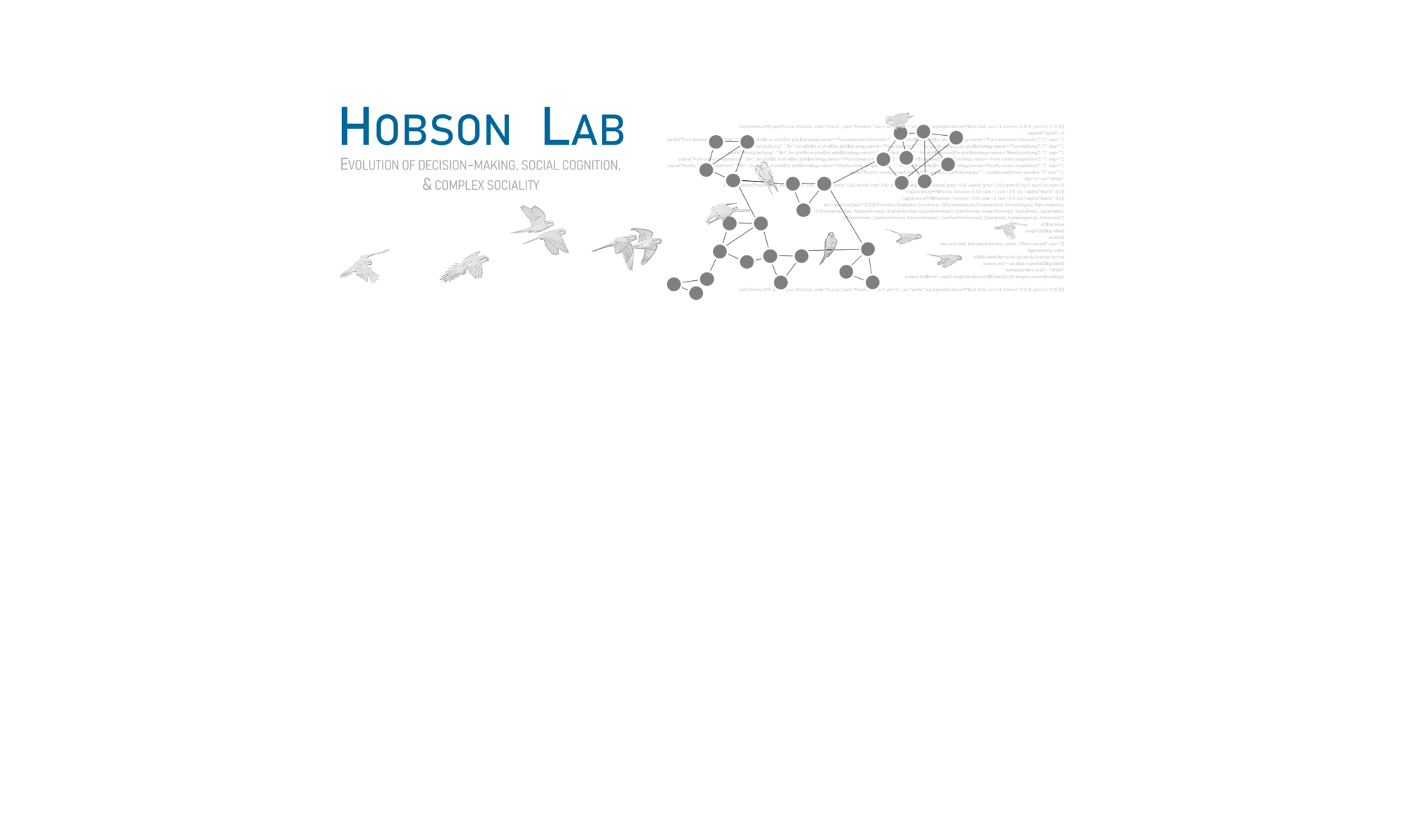Collective signalling is shaped by feedbacks between signaller variation, receiver perception and acoustic environment in a simulated communication network
Michael S. Reichert, Barney Luttbeg, and Elizabeth A. Hobson
Published:20 May 2024
Abstract
Communication takes place within a network of multiple signallers and receivers. Social network analysis provides tools to quantify how an individual’s social positioning affects group dynamics and the subsequent biological consequences. However, network analysis is rarely applied to animal communication, likely due to the logistical difficulties of monitoring natural communication networks. We generated a simulated communication network to investigate how variation in individual communication behaviours generates network effects, and how this communication network’s structure feeds back to affect future signalling interactions. We simulated competitive acoustic signalling interactions among chorusing individuals and varied several parameters related to communication and chorus size to examine their effects on calling output and social connections. Larger choruses had higher noise levels, and this reduced network density and altered the relationships between individual traits and communication network position. Hearing sensitivity interacted with chorus size to affect both individuals’ positions in the network and the acoustic output of the chorus. Physical proximity to competitors influenced signalling, but a distinctive communication network structure emerged when signal active space was limited. Our model raises novel predictions about communication networks that could be tested experimentally and identifies aspects of information processing in complex environments that remain to be investigated.
This article is part of the theme issue ‘The power of sound: unravelling how acoustic communication shapes group dynamics’.





